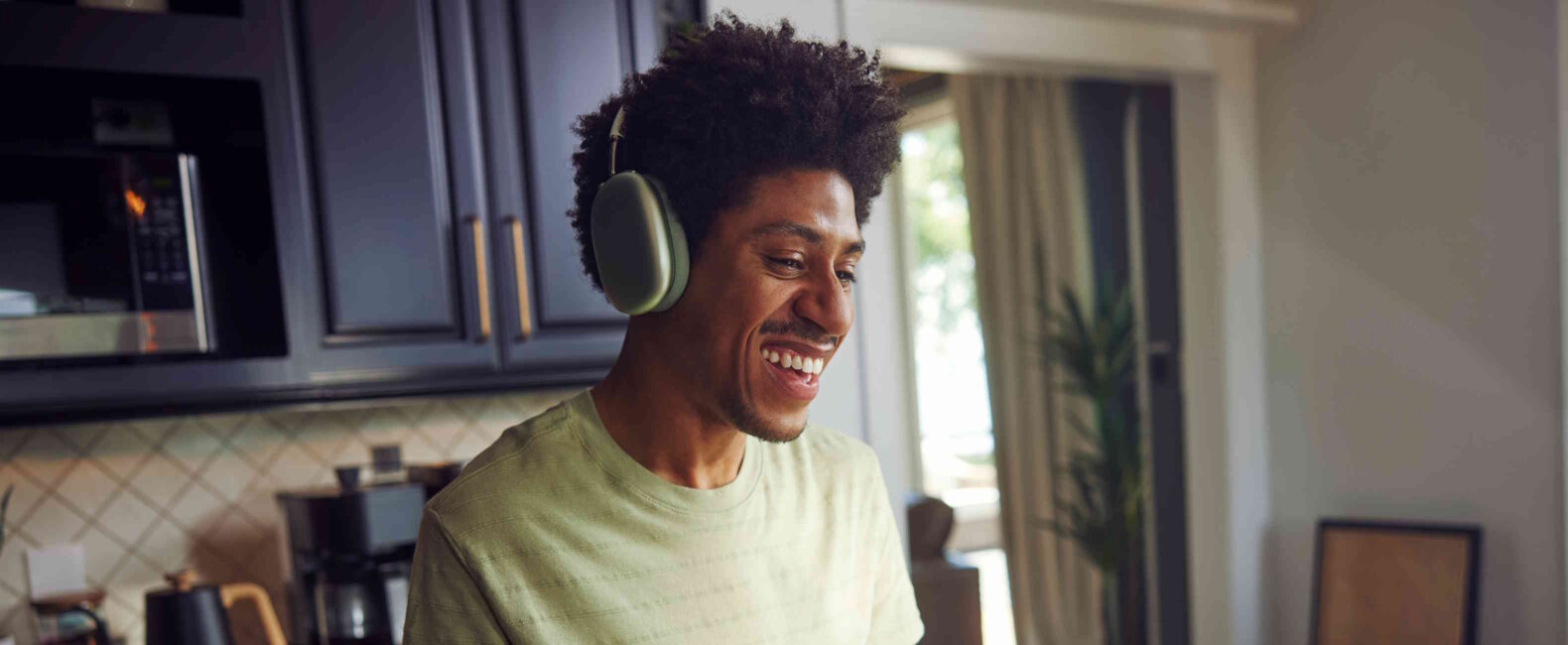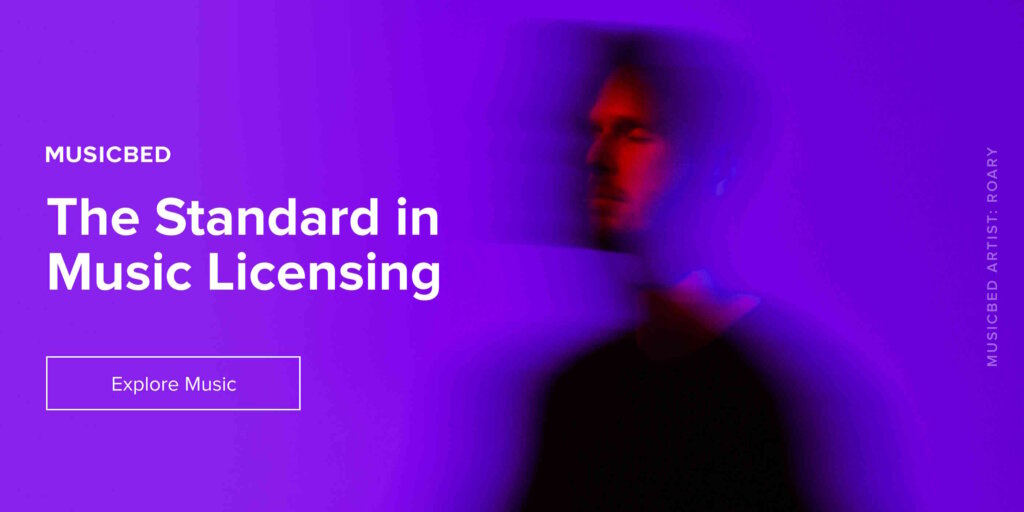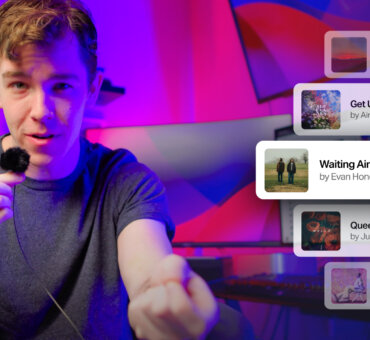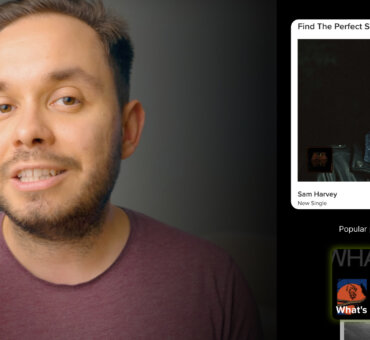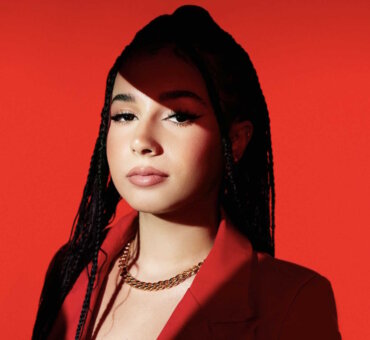A synchronization license, otherwise known as a sync license, is obtained from the copyright holder of the music. It allows you to synchronize that music with visual images in your film, which is crucial for incorporating music into your project.
Sync licensing is not only an important revenue stream for artists, composers and rights holders but also helps to promote their work to wider audiences. Additionally, the right music can significantly enhance the emotional and narrative impact of your films and videos, making it one of the most important elements in any production.
In this article, we’ll take a closer look at sync licensing, as well as attractive alternatives such as micro sync licensing.
Pros and cons of sync licensing
As with all music licensing, there are pros and cons to a sync license. Depending on your role and position in the industry, this may vary too.
Pros of Sync Licensing
For Filmmakers:
- It enables you to incorporate music into your films, enhancing your storytelling and emotional impact.
- It can provide a competitive edge with unique or popular music.
For Advertisers:
- It enables you to create memorable ads with catchy tunes.
- The right song can greatly increase brand recognition and appeal.
For Businesses:
- Sync licensing generates additional revenue streams for artists and rights holders.
- It also offers promotional opportunities for new music and upcoming artists.

Cons of Sync Licensing
For Filmmakers:
- Sync licensing can prove to be very expensive, especially for more popular tracks.
- Legal complexities and clearance issues with sync licensing can delay production.
For Advertisers:
- There are high costs for high-demand music.
- If the terms are unclear, there is potential for licensing disputes.
For Businesses:
- Sync licensing requires very careful (often lengthy) negotiation to avoid legal pitfalls.
A typical sync license is actually comprised of multiple licenses – one side that covers publishing and one side that covers master & sound recording rights. In any given song this would also need to include all co-writers and co-owners – potentially meaning multiple “stops” to get a license granted. For instance, Hozier’s Eat Your Young has 9 writers, all of which would need to be cleared.
Examples of sync licensing
From films and TV to documentaries, ads and videos games, there are many fine examples of how the creative industry benefits from sync licensing. Take, for example, the stellar soundtrack choice of Guardians of the Galaxy (2014). The music choices in this film and its subsequent sequels is a huge part of what makes this trilogy so unique and different from other sci-fi films.
Meanwhile, in the world of advertising, Apple have long been the best in the business. They often pick catchy songs and tunes which really highlight their brand ethos and elevate the products on show. Take the iPhone 15 ad, for example.
When it comes to gaming, there can be no better example of sync licensing that GTA V’s astonishing array of different radio stations on offer whenever a player gets in a car to drive. These songs have become synonymous with the game and are well known by generations of gamers.
Micro Sync Licensing as an Alternative
While sync licensing can be great, it may not be the best fit for everyone. This is where the concept of micro licensing comes in.
Micro licensing is an industry term that refers to the size of a license. A traditional license is generally obtained from a music publisher or representation and recording rights holders that charge a high premium to large clients and corporations. Micro sync licenses refer to “smaller” licenses for personal projects, indie films and smaller companies. In the past, micro sync licenses were relegated to production catalogs and royalty-free music. But now, companies like Musicbed are changing how micro licensing works and what creatives have access to for their projects.
Traditional licensing vs micro licensing
To understand micro licenses it helps to start by defining traditional licenses. In order to show that you have permission to use a copyrighted song in some way (whether it’s a performance, sync licenses for a media project, or others) you need a license. Traditional licenses are negotiated on an individual basis between a customer and some sort of artist representation, like a record label or music licensing agency. They’re called traditional because they are the original form of licensing. The prices are generally very high and are obtained for very well-known artists.
Micro licenses are on the opposite end of the spectrum. They are lower price point sync licenses, which generally translates to lesser known artists (we’ll get to that in a bit), royalty-free music, and production catalogs. In short, micro licenses are defined by the size of the client, not the quality of music, but the price of traditional licenses tends to dictate the quality of music inherently. The most common types of micro sync licenses have typically been for wedding films, personal projects, indie films, YouTube films, church projects and small non-profit films.
Since our inception, Musicbed have given micro licensors a new option for soundtracking their work. By pre-negotiating licensing terms with musicians, we’ve been able to scale the price to be appropriate for creatives at any level. Now creatives have access to pre-cleared licenses that they can acquire in just a few minutes.
In a sense, this has changed the definition of micro licensing, or at least what micro licensing implies. It still refers to smaller clients with smaller budgets, but it no longer has to mean lower-quality, generic music.
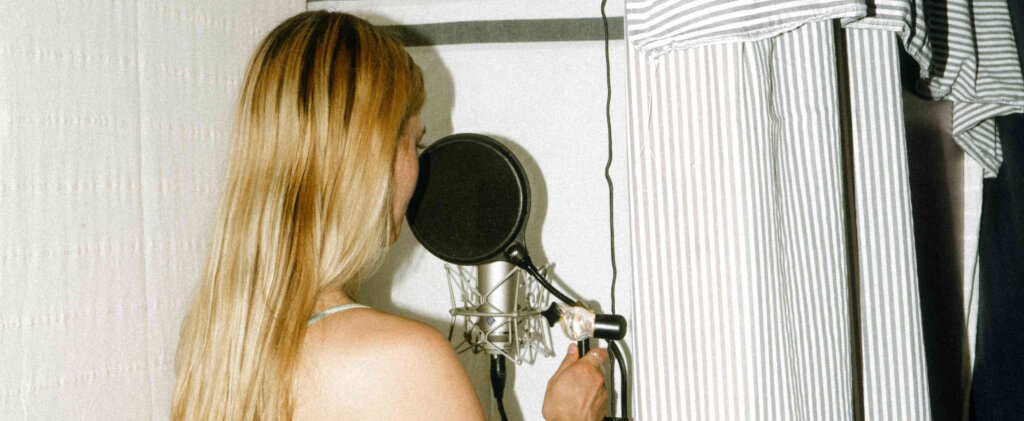
In comparison
Let’s directly compare traditional sync licensing with micro sync licensing:
Cost
- A traditional sync music license is generally more expensive due to the popularity of the music and the scale of the projects involved.
- Micro sync licenses are cost-effective, making them ideal for small-scale projects and independent creators.
Complexity
- Traditional sync licenses involve complex legal and negotiation processes.
- Micro sync licenses are simpler and quicker to obtain.
Exposure
- A traditional sync music license tends to offer wider exposure through mainstream media.
- Micro sync licenses tend to provide more niche exposure, often through digital and independent channels.
Suitability
- Traditional sync licenses are best for large-scale, high-budget projects looking for high-impact music.
- Micro sync licenses are suitable for small-scale, budget-conscious projects needing quick and affordable music solutions.
Overall, the choice between traditional and micro sync licenses depends on the project’s scale, budget, and specific needs for music.
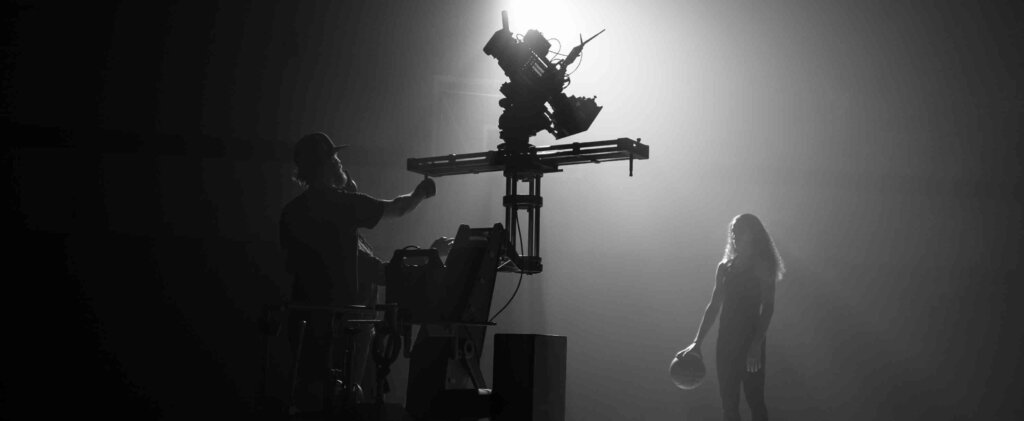
How micro sync licensing works
The advantage of micro licensing is its simplicity. Because it’s associated with smaller projects, most licensing agencies, including ours, have pre-cleared the licenses for immediate approval. This gives us the ability to create a platform similar to a production catalog, with a simple interface and music browsing, but with traditional recording artists and a highly curated catalog. We’ve negotiated with artists and their representation so micro licensors can simply add a license to their cart on Musicbed, give us some basic information about the type of project they’re working on, and then make the payment. Simple.
Choosing the right micro sync company
When it comes to finding the right micro sync company, what you need is fair pricing, a high-quality catalog and great customer service. That’s why Musicbed is easily the best choice.
Pricing
Whether you’re an independent freelance filmmaker, a production company or large brand, Musicbed offers you affordable, competitive pricing for all your sync license needs.
Catalog
Our catalog of songs currently has a roster of over 1,500 artists with over 60,000 songs available for you to browse, select and download right now, and it’s growing every day. Additionally, there’s the option for custom music, too! With Musicbed, you can collaborate with our acclaimed composers, producers, or artists to create the perfect song for your project. Whether in development or post-production, we’ll work alongside you and the artist to create the sound that brings your vision to life.
Customer service
At Musicbed, we pride ourselves on reliable customer service that has you covered 24/7. Whether it’s a YouTube Content ID claim that needs looking into, a search for custom music, a specific song, or even traditional music licensing, we have a team of dedicated professionals to assist you with a personalized, white-glove experience every step of the way.
Summary
So, that’s the world of the sync license. While traditional sync licensing offers high-impact music and wide exposure for large-scale projects, it often comes with high costs and complex negotiations. Micro sync licensing provides a cost-effective, simpler alternative, ideal for smaller projects like indie films, YouTube videos, and personal projects.
Musicbed has made it easier for creators to access high-quality, pre-cleared music quickly and affordably, democratizing access to great music for a broader range of creative endeavors. Whether you’re an independent filmmaker, an advertiser or small business, check out Musicbed today and begin your journey with affordable licensing options that don’t compromise on the quality of music.















































































